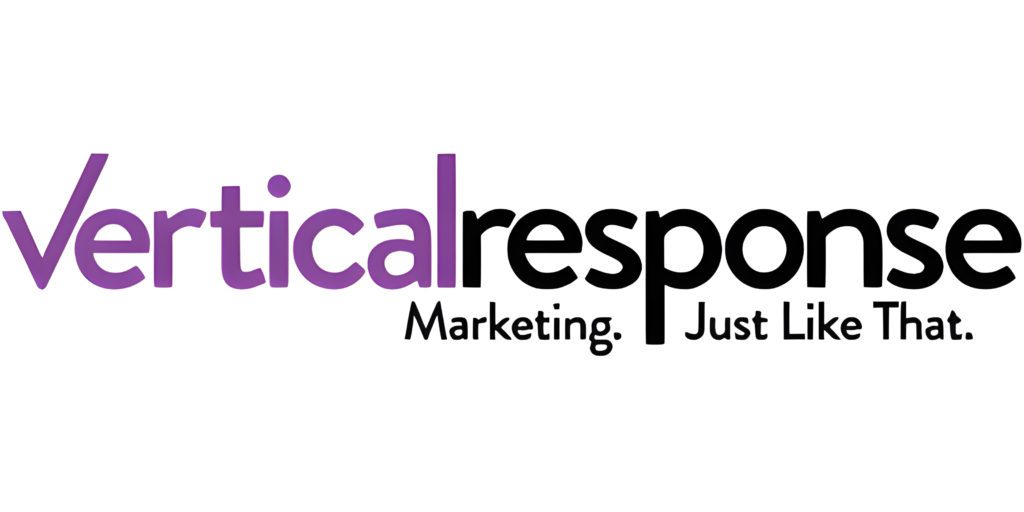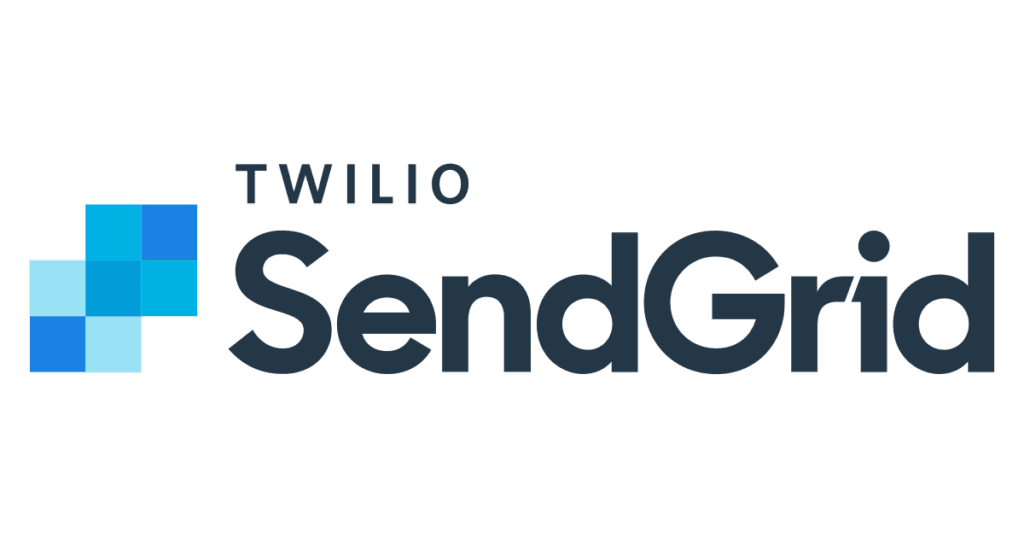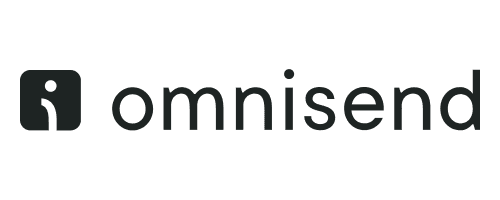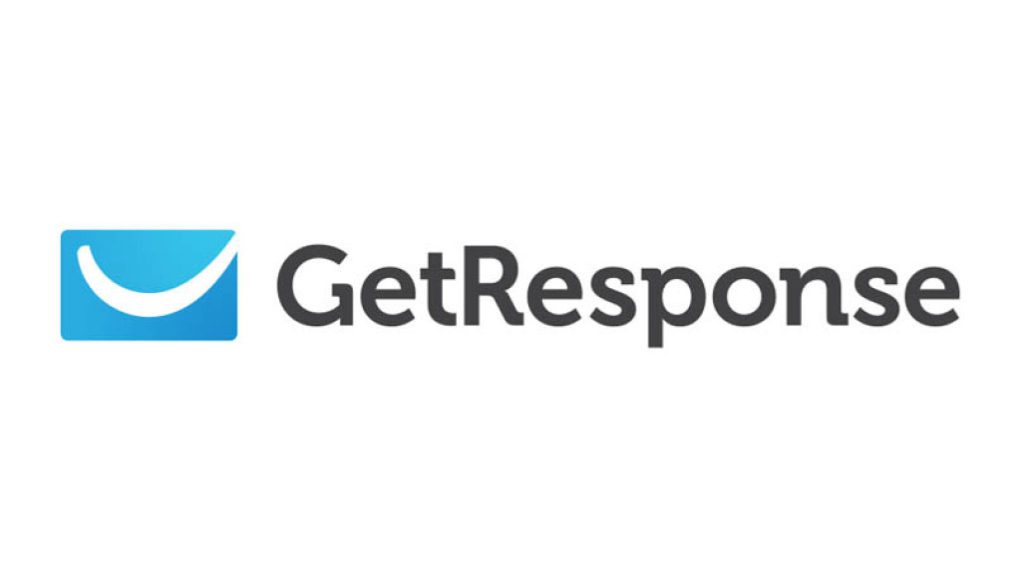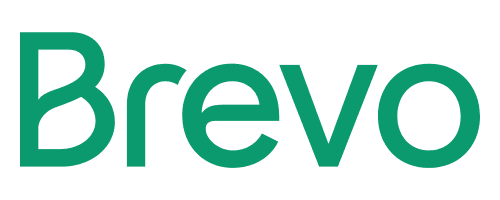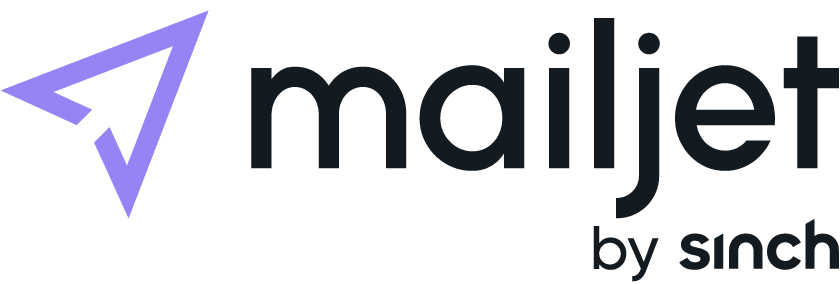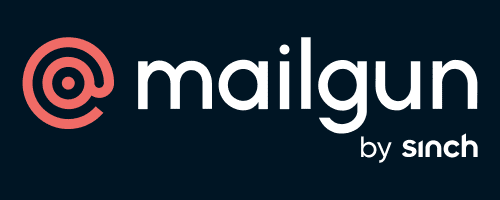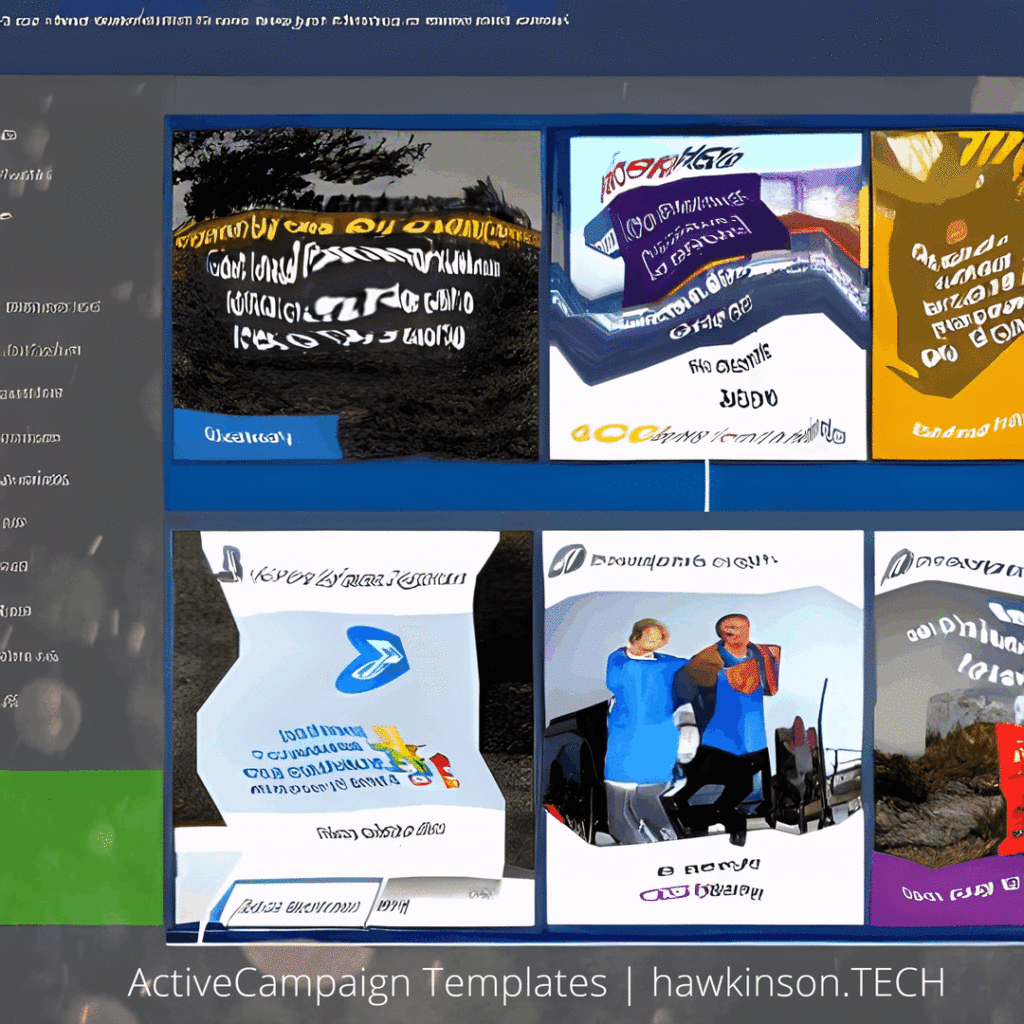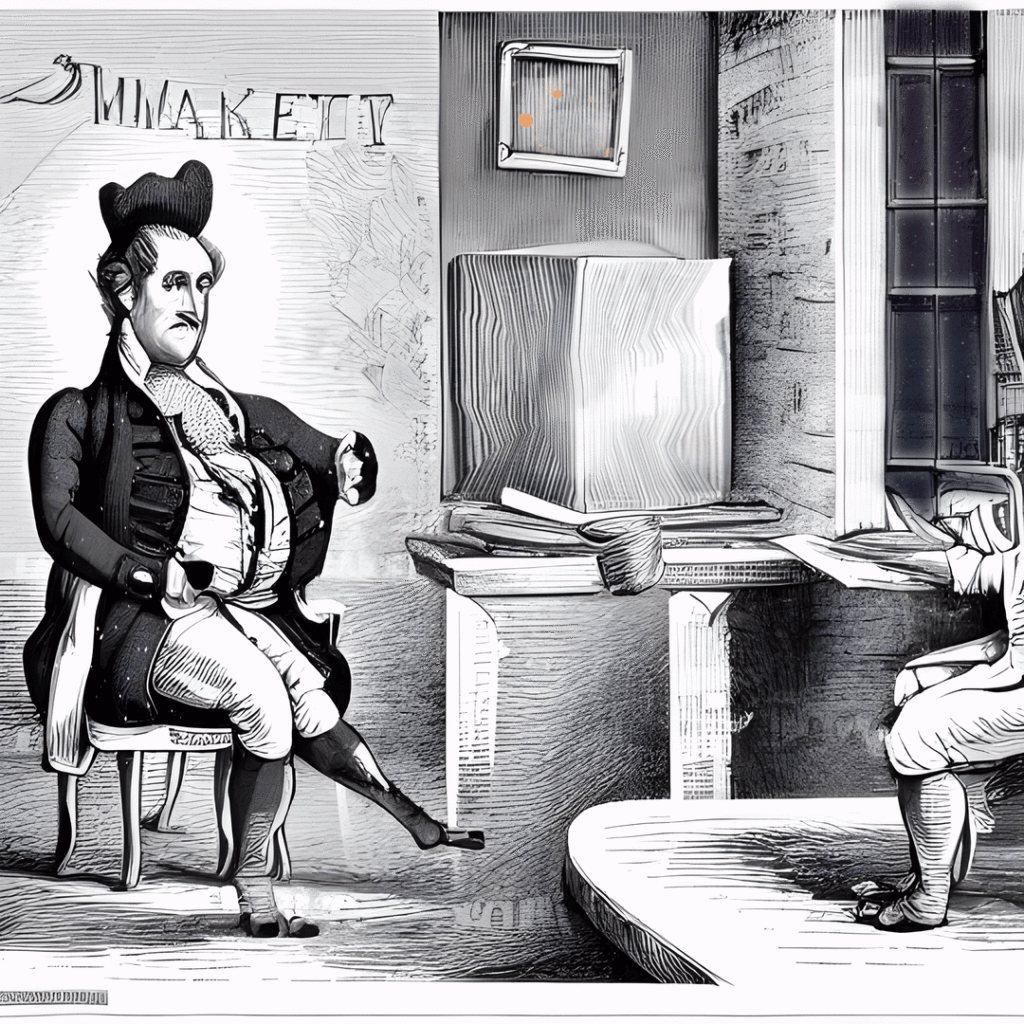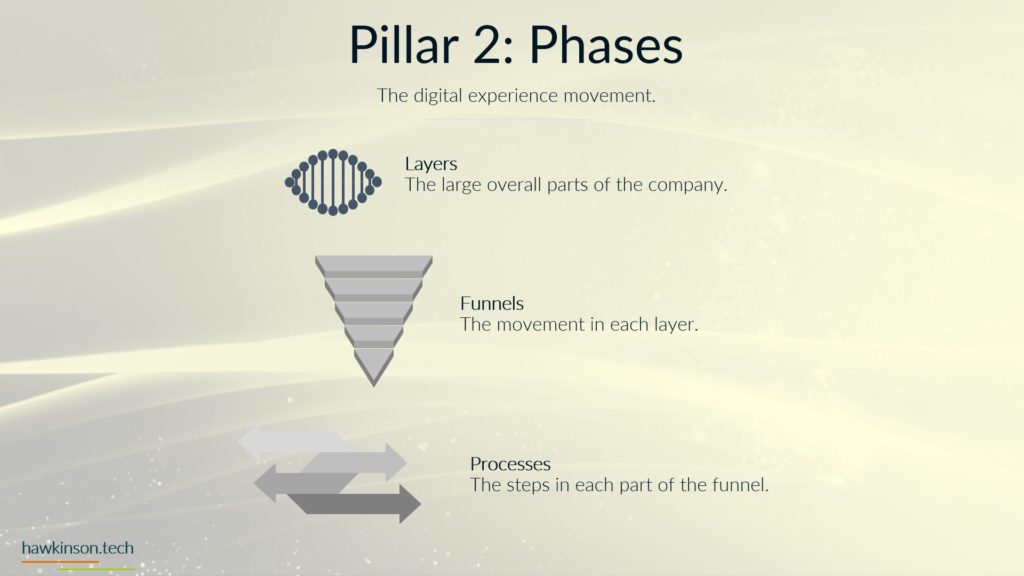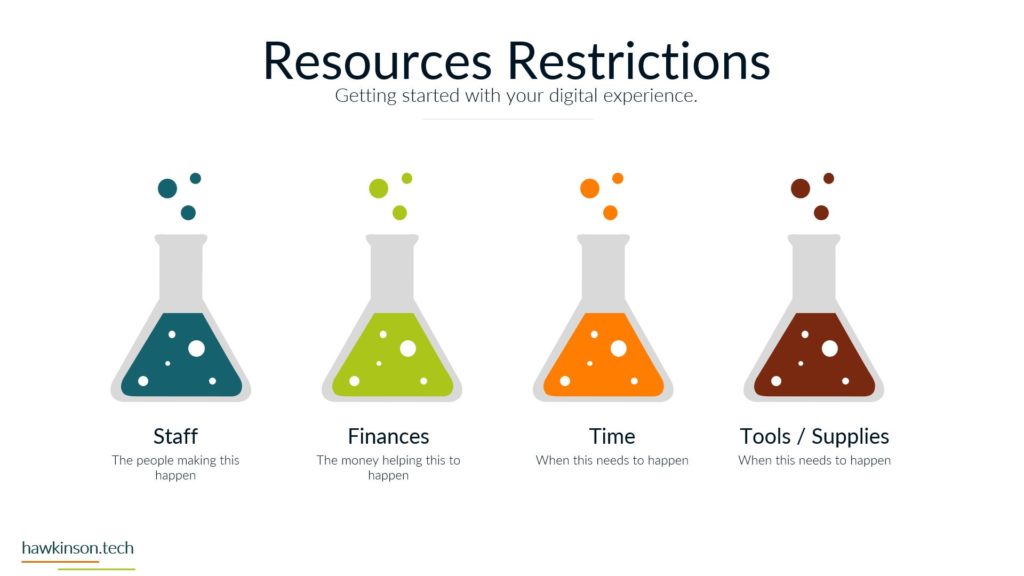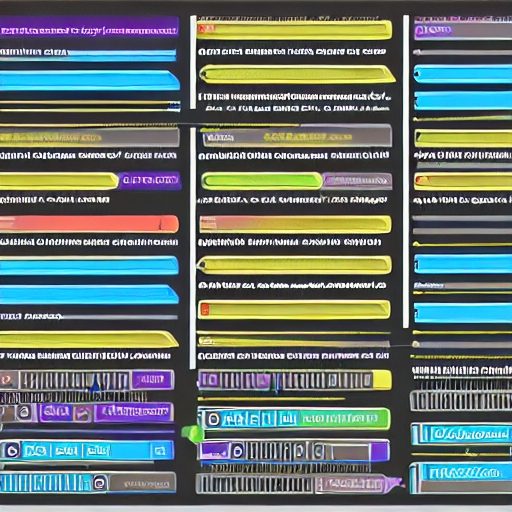Marketing Manager Software helps businesses create successful marketing campaigns and projects. It automates tedious tasks and helps streamline complex processes, allowing you to focus on the creative side of your marketing strategy. With this software, you can easily manage campaigns across multiple channels with advanced analytics for monitoring performance. The software also provides a centralized system for managing customer data, ensuring that all customer contacts, campaigns, and results are organized in one place.
Marketing Manager Solutions
MarketingCloudFX
MarketingCloudFX provides an advanced suite of marketing tools and services to help optimize your campaigns and achieve success. It offers a full range of features, including audience targeting, automated campaigns, segmentation, analytics, and A/B testing. The platform can also be integrated with popular third-party applications, such as Salesforce and Google Analytics, to provide complete visibility into your campaign’s performance.
Google Analytics
Google Analytics is a powerful tool that provides insights into website performance and user behavior. The platform allows you to track visitors, analyze the effectiveness of campaigns, and monitor key metrics like conversions, bounce rate, and cost per click. It also provides detailed reports on user demographics, providing valuable insight into who your customers are and how they interact with your website.
Ahrefs
Ahrefs is a comprehensive suite of SEO tools and services that can help optimize your website for maximum visibility. It offers keyword research, backlink analysis, competitor analysis, content optimization, and more. The platform also provides detailed analytics reports to help track the performance of your campaigns and understand which strategies are working best.











